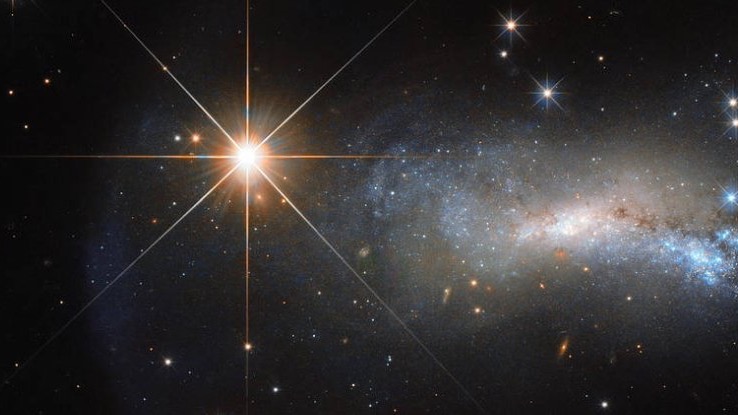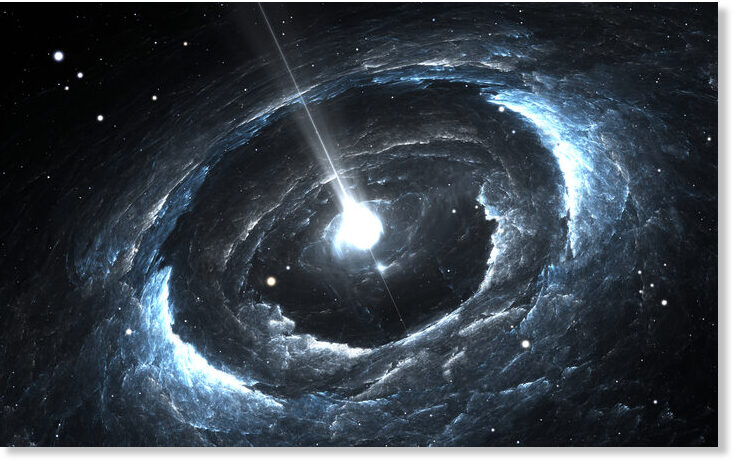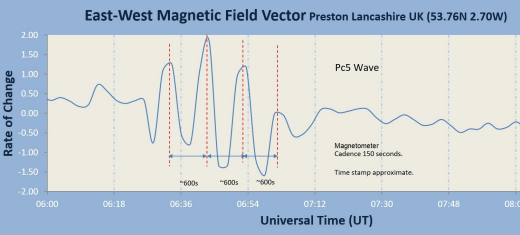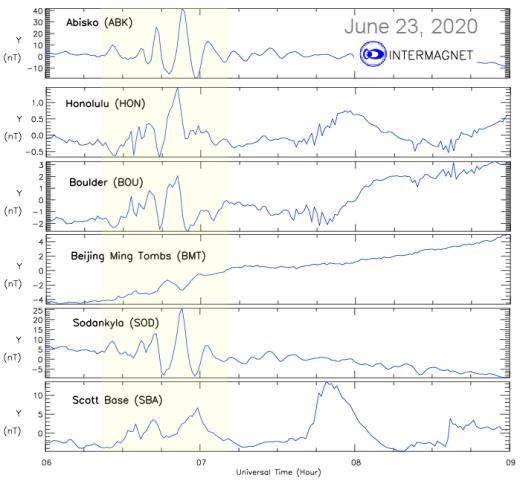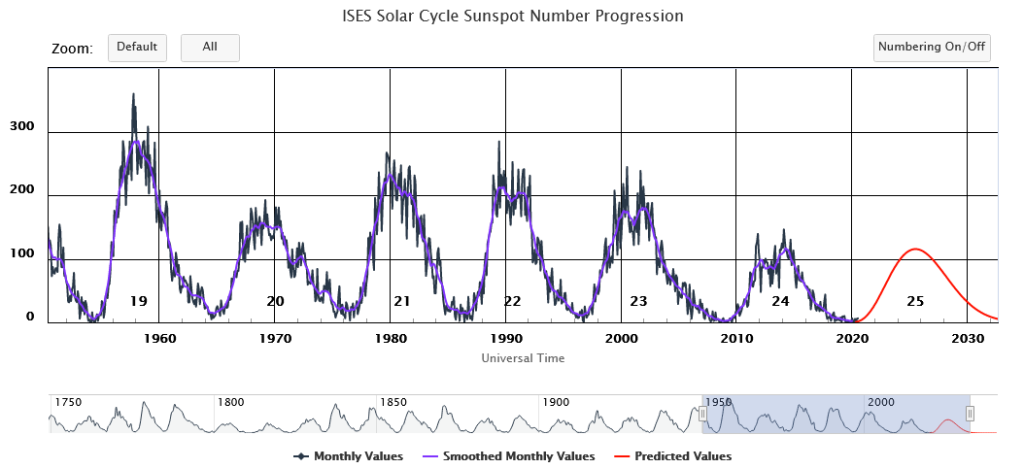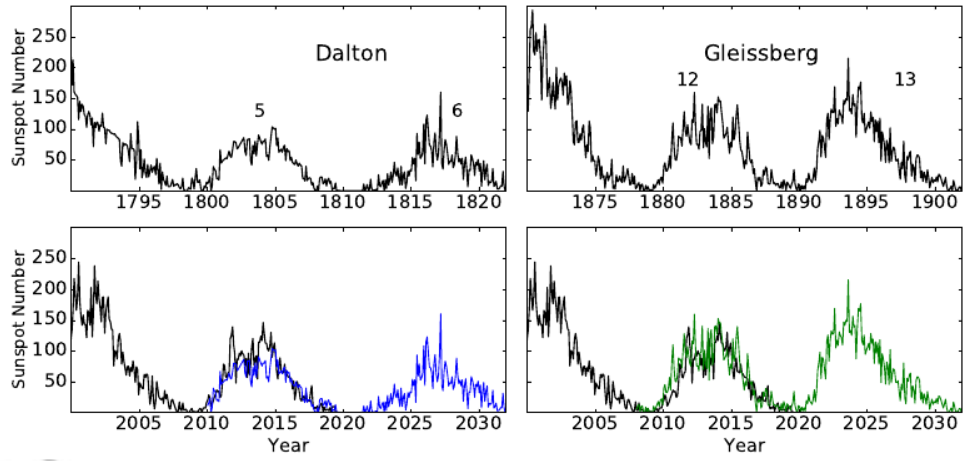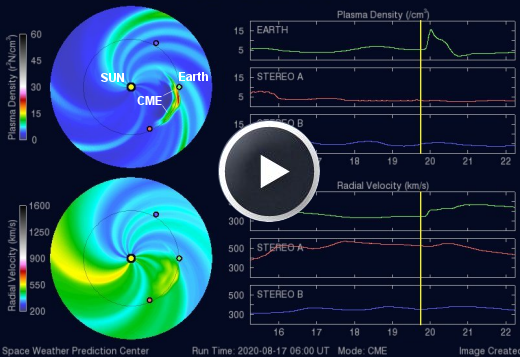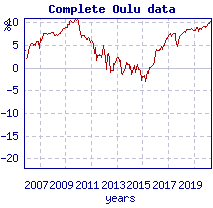I forget to add this transcript,
A: What do you think about the ”new” explosion 3 to 4 billion light years away? They think, that is.
{Here it seems the Cs are referring to recent news of an explosion that is going on in the center of a small galaxy said to be 3.8 billion light-years away. See:
bizarre-cosmic-explosion-observed
“Astronomers say they have never seen anything this bright, long-lasting and variable before. Usually gamma-ray bursts mark the end of a massive star and emission from these events never lasts more than a few hours. But radiation from the blast continues to brighten and fade from the location a week after the explosion.”
Cosmic Fireworks Erupt When Black Hole in Dragon's Belly Swallows Star
A mysterious cosmic blast in the constellation Draco has astronomers scrambling to try to understand its cause, so unlike is it to anything ever observed before. Rather than the short-lived gamma-ray bursts typically associated with the death of a massive star -- most last no more than a few...www.technewsworld.com
And: “Rather than the short-lived gamma-ray bursts typically associated with the death of a massive star -- most last no more than a few hours -- this explosion continues more than a week later to emanate pulses of high-energy cosmic radiation for an effect that's brighter, longer lasting, and more variable than scientists have ever seen.”}
Q: (L) Are you saying that it’s not as far away as they’re saying it is?
A: Yes.
Q: (L) What is it representing? What is it doing?
A: The wave has begun in earnest!
Q: (L) What do you mean?
A: Energy is pouring into your universe from higher densities.

